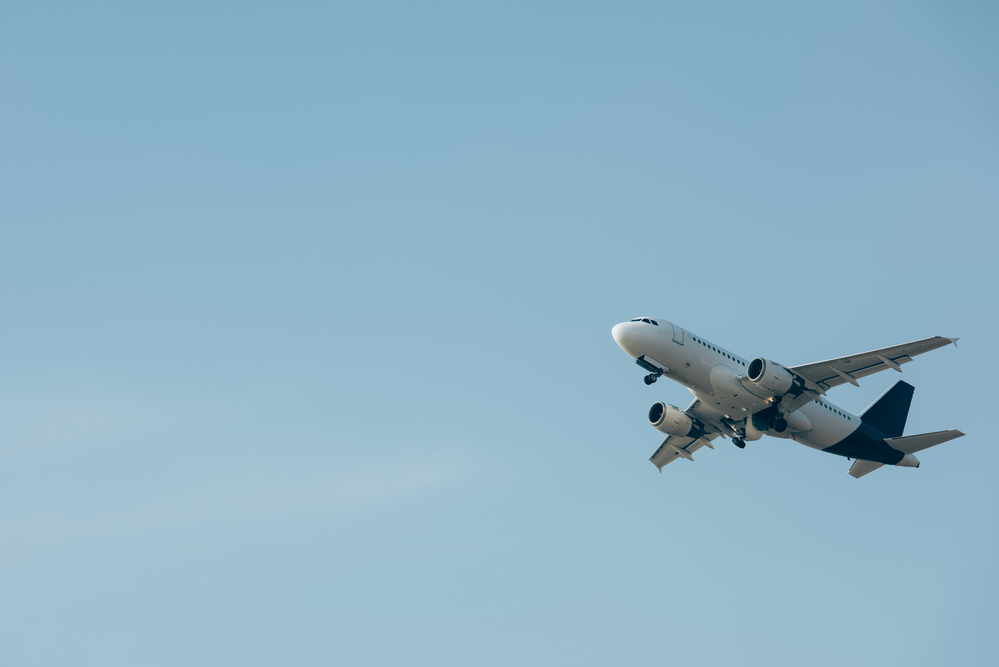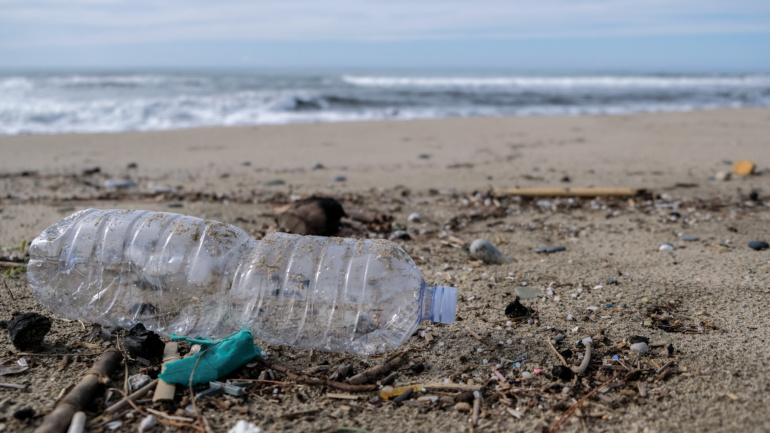By Caroline Majewski, Publishing Associate: Researcher and Writer at Save the Water™ | February 24, 2024
“The fundamental issue is, are we going to burn food in our planes?” (Lashof, 2023, para. 3).
Sustainable Aviation Fuels
New fuels called Sustainable Aviation Fuels (SAFs), like corn fuel, are made from non-petroleum sources. These can be blended with jet fuel at different ratios for use with already existing planes. Furthermore, there are benefits to using such fuel if blended with Jet A fuel:
- Can reduce greenhouse gasses by 94 percent.
- Allows products from various technologies to be used.
On the other hand, there are other sources of sustainable fuel that researchers are looking into for viability:
- Sugar cane
- Cover crops
- Garbage
What is Airplane Fuel Made of?
Jet Fuel is a type of aviation fuel that is used in gas-turbine engines. This is a type of liquid petroleum. Based on the number of carbon atoms of the refined kerosene-based fuel, it is separated into different categories. Jet A and 1A are the most common fuels used in the United States and worldwide, respectively.
Combustion of the gas produces a variety of harmful materials:
- Carbon monoxide
- Carbon dioxide
- Sulfur oxides
- Nitrogen oxides
- Water vapors
- Half burned hydrocarbons
- Other trace compounds
There are about 45,000 flights in the United States each day alone. 11 percent of transportation-related emissions from the United States are from aviation. Worldwide aviation is two percent of all human-produced carbon dioxide emissions. Consequently, as the number of flights continues to increase, we need to think about how we can lower impact.
So, How is Water Impacted?
In more than 12 states from Ohio to North Dakota, there is a combined total of more than 100 million acres of corn. Meanwhile, about 40 percent of corn is turned into fuel, and that number is set to rise.
Corn is a water-heavy produce. Therefore, if there is a rise in corn production, there will be an increase in the amount of groundwater used. In order to produce a gallon of ethanol, it takes many times that amount—almost 100 gallons of water. On the other hand, concerns over groundwater usage are already being voiced, and this would only add to that.
Both corn and soybean produce are two of the United State’s most prominent crops. Almost 20 percent of corn production is in irrigated areas. This water comes from groundwater, surface water, wastewater, or desalinated water. In short, this is another added pressure to natural water sources.
Other Sources of Problems
Meat and dairy production also uses a huge amount of water and pollutes water surrounding the processing plants. Irrigated acreage for the corn used for animal feed has increased more than 6 times since 1964. This, along with less reliable occurrences of rainwater, causes more use from aquifers. The water from aquifers, where water is being drawn from, has pressure on them.
As rainwater becomes less reliable and other sources are polluted, that pressure just continues to increase. All these factors become strains we have to take into account. It’s worth noting that other produce, such as soybeans, has similar issues. As Murphee from the Farm Bureau said, “Water is the biggest challenge for our farmers but commodity crops remain the most profitable with the biggest markets” (Murphee, 2023, para. 8).
Drawbacks of Corn Fuel
One main drawback of sustainable fuels like corn, is the amount of land and water it takes to produce. Land that would otherwise go to food would be repurposed for fuel. As a result, more forests would need to be cut down.
As of right now, sustainable fuel makes up less than one percent of jet fuel in the world. So, one of the beginning issues is that we don’t make enough of this to see a significant effect.
Another aspect of SAFs to consider is their overall emission. Although they must emit 50 percent less emissions than petroleum-based fuel, they still emit some. That is to say, just using SAFs alone won’t get the airlines to reach their goal of zero emissions.
Sustainable Aviation Fuel Plans
To meet all the goals for zero emissions and increase the use of sustainable fuel, the Department of Energy wants 35 billion gallons of it. However, this would take 110 million acres of corn, which is more than what is grown in total now.
Many airlines’ goals (including American, Delta, and United) are to have zero carbon emissions by 2050. Consequently, Airlines such as United are already working with corn ethanol makers to produce fuel for them to buy. They plan to buy over 2.7 billion gallons of the fuel. Other airlines are also moving forward with similar plans.





